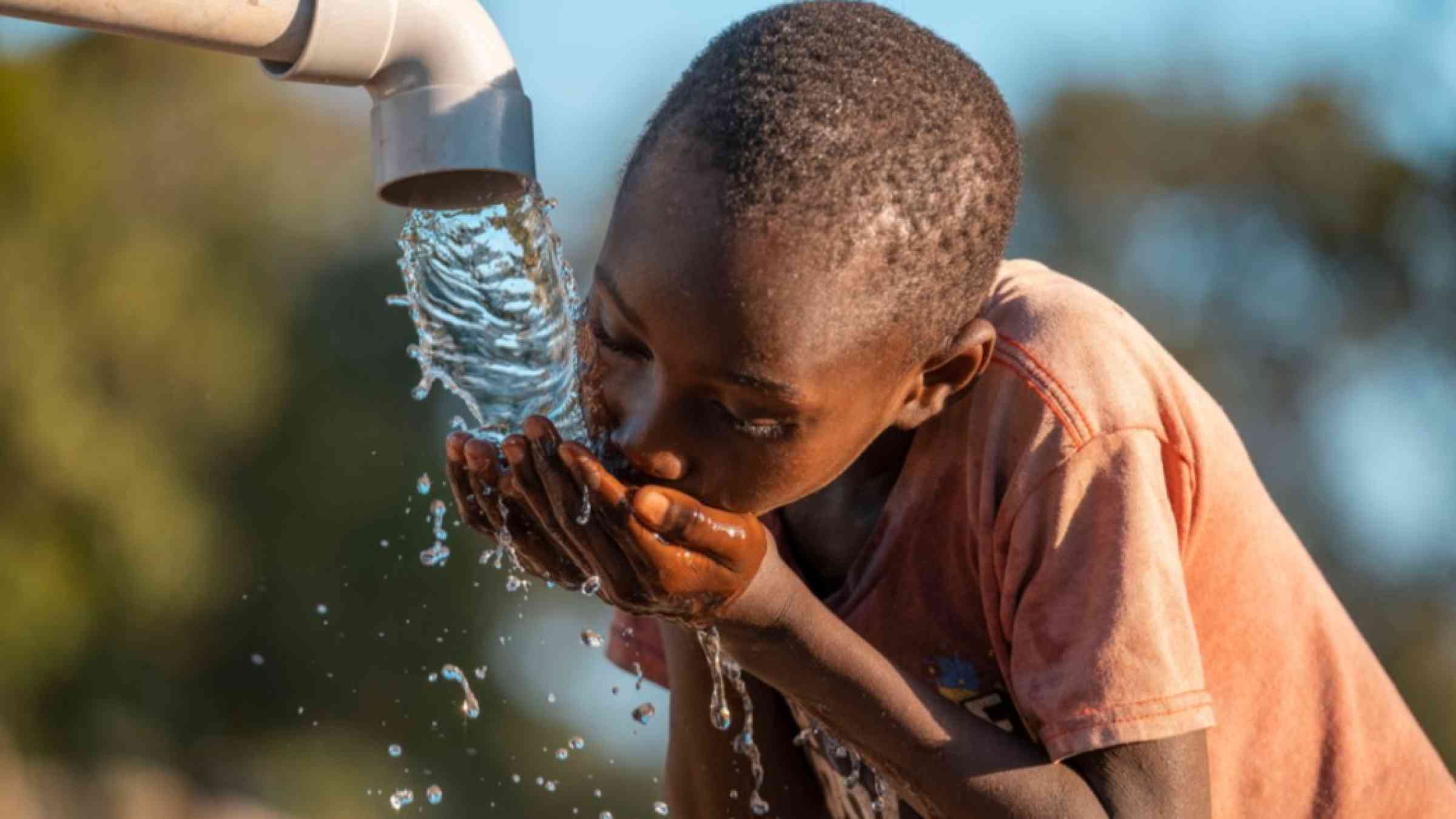GAR Special Report welcomed by UN system and countries calling for investments in resilience

Without resilience, all the world’s development gains could be lost. Resilience can be built by investing in disaster risk reduction, which sits at the nexus between development, humanitarian and climate action.
This is the message that emerged from the discussion around the launch of a special edition of the United Nations Global Assessment Report on Disaster Risk Reduction (GAR), which occurred at a side event on 11 July at the High-Level Political Forum on Sustainable Development (HLPF) in New York.
Tiled ‘Mapping resilience for the Sustainable Development Goals,’ the GAR Special Report focuses on measuring resilience for the Sustainable Development Goals (SDGs). The report notes that many of the goals are under threat due to the impact of interconnected crises, highlighting the importance of building resilience as a tool to accelerate the achievement of the SDGs.
“The COVID-19 pandemic, inflation, economic turmoil, the climate and ecological crises, conflicts, and geopolitical tensions have hobbled hard-won development gains,” said Ms. Amina Mohammed, the UN Deputy Secretary-General, who welcomed the report through a video message, noting:
“This report demonstrates that action is possible in every region. Both to reduce risk and create positive feedback loops. But it shows that countries must transform how they measure, understand and act on risk. And invest in prevention, resilience and adaptation.”
This view was echoed by Ms. Mami Mizutori, the Head of the UN Office for Disaster Risk Reduction, which led the development of the report in collaboration with several agencies and partners.
“In an interconnected world, understanding how we can measure and achieve resilience building in sustainable development is important. This report is an attempt to try and measure what are the resilience deficits that are stopping us from achieving the SDGs,” said Ms. Mizutori.
Speakers at the launch event reflected the broad applicability of resilience across different sectors and the importance of addressing risk as the “connective tissue” between crises. A key driver of that risk is global warming, which according to the Intergovernmental Panel on Climate Change will soon surpass 1.5°C above pre-industrial levels. Rising temperatures combine with other pressures, undermining resilience and development.
“We continue to realize the interconnectedness of disasters, agriculture, water management and food security,” said Ms. Beth Bechdol, Deputy Director-General of the Food and Agricultural Organization (FAO), adding:
“The report clearly shows that our water resources are facing unprecedented challenges due to the climate crisis, population growth and unsustainable practices. Climate change is driving the frequency of droughts. The report highlights that under the 2°C scenario 103 countries will have increased drought frequency in at least 85% of their territories.”
The countries most likely to suffer from growing risks are lower-income countries with large numbers of vulnerable populations, many of whom increasingly reside in slums in urban areas.
“Despite the considerable and growing commitment to build urban resilience, tackle climate change, and reinforce sustainable development in cities, many of our existing social, economic and political models are working against these goals,” said Ms. Maimunah Sharif, Executive Director of UN-HABITAT.
To address these systemic risks, the GAR Special Report calls for investing in resilience across people, planet and prosperity can help reverse this downward spiral. Urgent investment from both the public and the private sectors is needed to accelerate risk reduction and resilience-building.
“Investing in resilience is a cost-effective way towards progress and achieving multiple development goals, with risk being the connecting tissue,” said Mr. Ronald Jackson, Head of Resilience in the United Nations Development Programme (UNDP), who is a contributing author and moderated the discussion.
Without these investments, especially in areas such as enhancing early warning systems, disasters threaten to wipe away hard-won development gains. That is why many vulnerable countries, such as small island developing states, have prioritized resilience building as a national goal.
“A more resilient Barbados is the ultimate goal we strive for nationally, and one of the priorities of the disaster risk reduction agenda has been the deliberate effort to improve the national multi-hazard early warning system,” said Ms. Kerry Hinds, Head of the Department of Emergency Management of the island state of Barbados.
The GAR Special Report aims to support policymakers charged with risk-informing development in the face of increasingly complex threats and risks. To facilitate this, the report includes case studies that demonstrate how countries are taking essential steps to protect their development.
“For each of the 15 maps in the report, there is a case study that shows an example from around the world where action has been taken to reduce risk, said Ms. Jenty Kirsch-Wood, the coordinating lead author of the GAR Special Report.
“Taking action now such as investing in resilient infrastructure, improving early warning systems and improving economic and social opportunities that reduce vulnerability is essential both to sustainable development and building resilience to future shocks,” said Ms. Kirsch-Wood.
The report comes ahead of the September SDG Summit and its themes are closely related to this year’s HLPF which focuses on SDG 6 for clean water and sanitation, SGD 7 for affordable and clean energy, and SDG 11 for sustainable cities and communities. In addition, the metrics presented in the report can serve as tools for planning for the future, in line with the Secretary-General’s ‘Our Common Agenda’ and his call for a periodic Strategic Foresight and Global Risk Report.
The GAR Special Report 2023 was developed over two years with the involvement of over 90 authors and experts from the UN, research institutions, and government agencies, including UNDP and the US National Aeronautics and Space Administration (NASA).